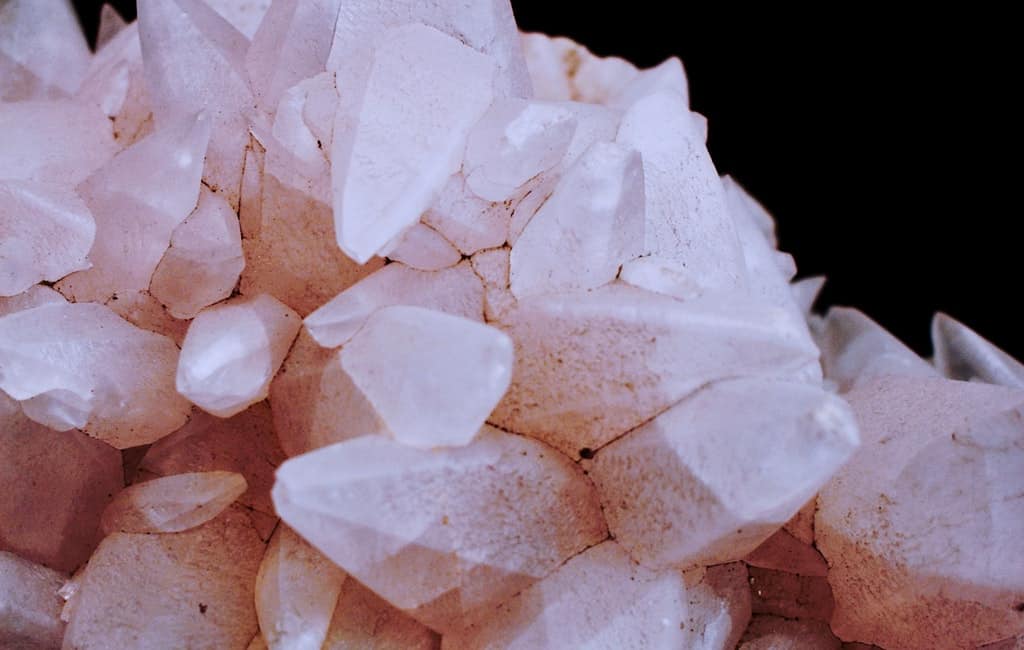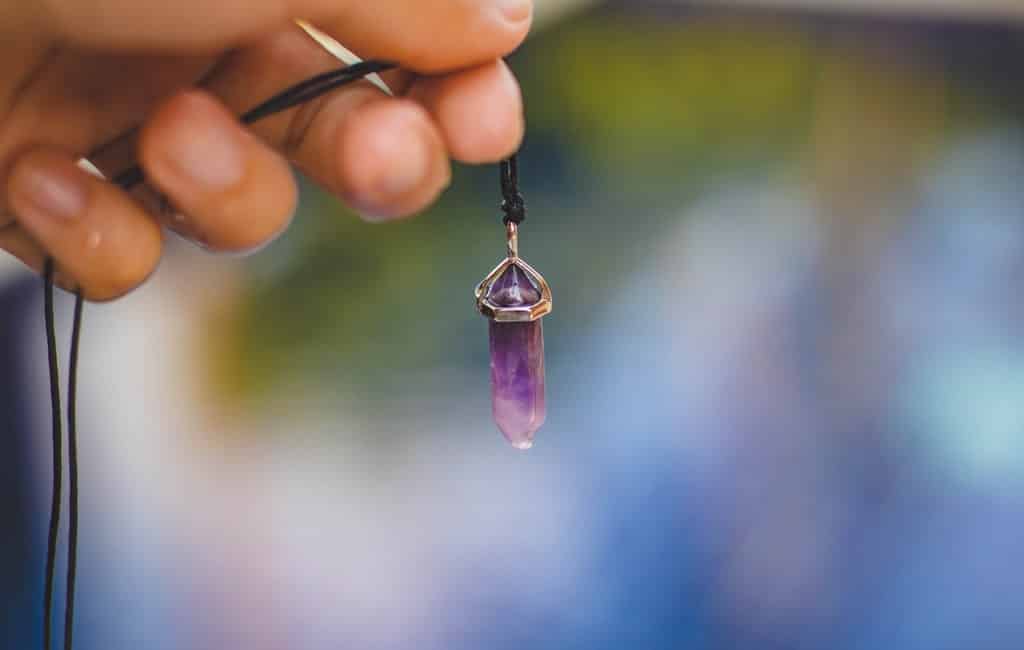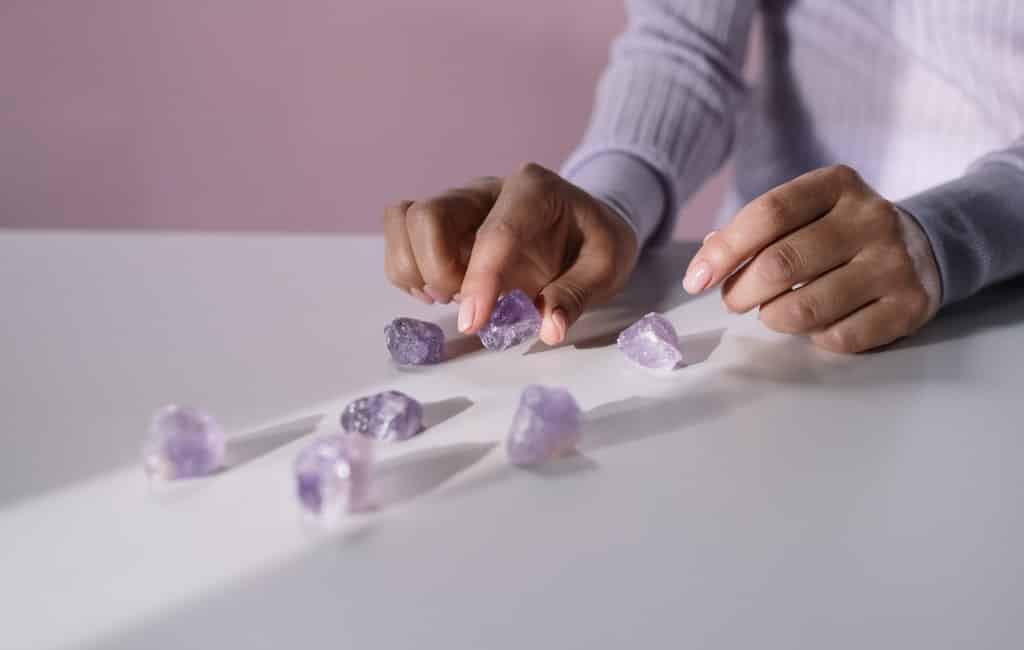Gemstones are mineral deposits which are found deep beneath the earth’s crust in many cases. Sometimes, they occur naturally as organic materials formed by living things (such as pearls, which are formed by oysters).
There are different types of gemstones such as diamond, jade, topaz, pearl, alexandrite, citrine, quartz etc. Many of them are widely used in jewelry making while others are used for industrial purposes. Of all the gemstones in the world, diamonds are the hardest and most difficult to scratch. They also happen to be one of the most popular and most desirable.

WHAT ARE THE TYPES OF DIAMONDS?
There are different types of diamonds, depending on various factors such as the origin of the diamond, the color etc. Some of these properties can be used to group diamonds into several different categories which include:
- Natural and synthetic diamonds
Diamonds can either be natural or synthetic. Natural diamonds are the type of diamonds which occur and are formed on their own in nature, without the aid of human technology. This particular group of diamonds is generally formed when pure carbon atoms are worked upon by natural forces of extreme heat and pressure which take place deep beneath the earth’s surface. The formation of natural diamonds is subjected solely to nature’s physical and chemical forces. The composition of the resultant diamonds formed e.g. color, clarity, brilliance and so on (even the flaws), also depend on these natural forces.
Synthetic diamonds, however, are the type of diamonds which are manufactured or grown in a lab. Therefore, they are also known as lab-grown diamonds. Usually, synthetic diamonds are made with the same materials that make up natural diamonds (i.e. pure elemental carbon). The only difference is that the materials are sourced for by humans and the entire diamond formation process is carried out with the aid of artificial technology.
Unlike some natural diamonds which take millions and billions of years to form, synthetic diamonds are usually grown over a shorter period of time (e.g. a few months). This is because the forces required to carry out the process are usually made available in the right amounts, through artificial means.

- Colored and colorless diamonds
Colored diamonds are those kinds of diamonds that have colors, which include red, pink, yellow, blue, black, purple, green etc. Colored diamonds are very rare and can only be found in very few places around the world; which is why many people don’t even know that they exist.
The reason why colored diamonds are so rare is that during the process of diamond formation, pure elemental carbon is acted upon by forces such as extreme pressure and heat, which occur deep underground (particularly in areas that have witnessed volcanic eruptions in the past). These forces (i.e. extreme pressure and heat) rearrange pure carbon atoms into strong crystal lattice structures that do not allow easy infiltration by other chemical elements. Color formation in diamonds can be a very difficult and rare process because it usually happens when chemical elements such as nitrogen (in the case of yellow diamonds), boron (in the case of blue diamonds), impure carbon (in the case of black diamonds) and so on, manage to enter a diamond’s crystal lattice during its process of formation.
Colorless diamonds, on the other hand, is a form of diamond that does not have any color. Sometimes, they are known as white diamonds, and they are the most popular types of diamonds in the world, because they do not require the action of any other chemical other than pure elemental carbon which makes up diamond atoms (unlike the case of colored diamonds).
WHAT IS THE KOHINOOR?
The Kohinoor, which is also known as the Koh-i-Noor or Koh-i-Nur, is one of the biggest of all the cut diamonds in the world. It is a colorless or white diamond which weighs around 105.6 carats. It also happens to be about 3.6 cm long, 3.2 cm wide and 1.3 cm deep.
The Koh-i-Noor has 66 facets, and this stone was cut by renowned diamond cutters, Levie Benjamin and Voorzanger. In its uncut state, the Koh-i-Noor weight about 793 carats and it is one of the most popular pieces of diamonds in the world.
This popular diamond has a very colorful history. Currently, it is one of England’s Crown Jewels; however, the Koh-i-Noor was originally mined from Kollur Mine in India, at a period in ancient history during which India was ruled by the Kakatiya dynasty. Over time, this jewel has passed hands from person to person and state to state until was ceded to Queen Victoria following the annexation of the Punjab at the hands of the British Empire in 1849 (at some point before this, though, the jewel had become part of the Mughal Peacock Throne, as part of its illustrious history).
Due to the fact that the Koh-i-Noor was originally mined in India, and it has changed hands so many times before being ceded to the British, there are many people – governments and states – who constantly claim rightful ownership to it; therefore, views about this jewel’s ownership usually brings about controversy.
WHY IS KOHINOOR CURSED?
The Koh-i-Noor’s ownership is not the only thing about the jewel that people talk about. There are certain superstitious whispers about this precious gem. Some people claim that the Koh-i-Noor has always inspired men to fight. And that as long as its wearer or bearer is a man, the stone will always attract war to the person’s door step. They claim that this is part of the reason why the stone has changed hands so many times, and part of the reason why people have always coveted it. To douse the flames of this particular superstition, the stone has always been worn by women in the British Empire. Right from the time of Queen Victoria, only women have worn the Koh-i-Noor; an occurrence which has been ensured by the fact that the crown in which it (the Koh-i-Noor) has been set is traditionally known as the Crown of the Queen Mother (therefore, no man is supposed to wear it).

